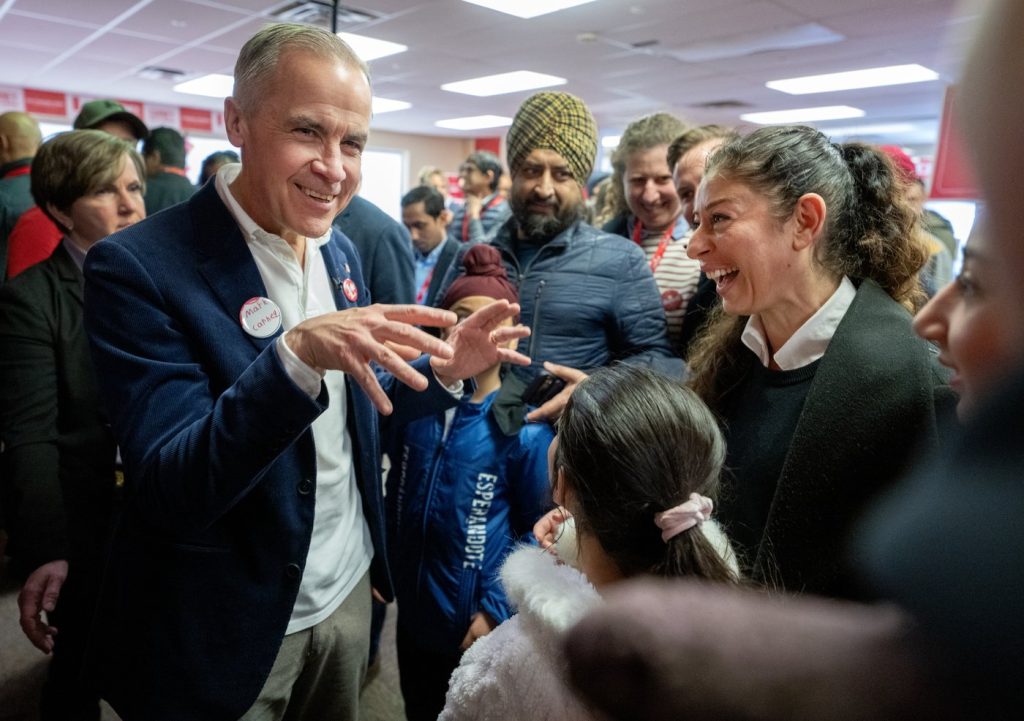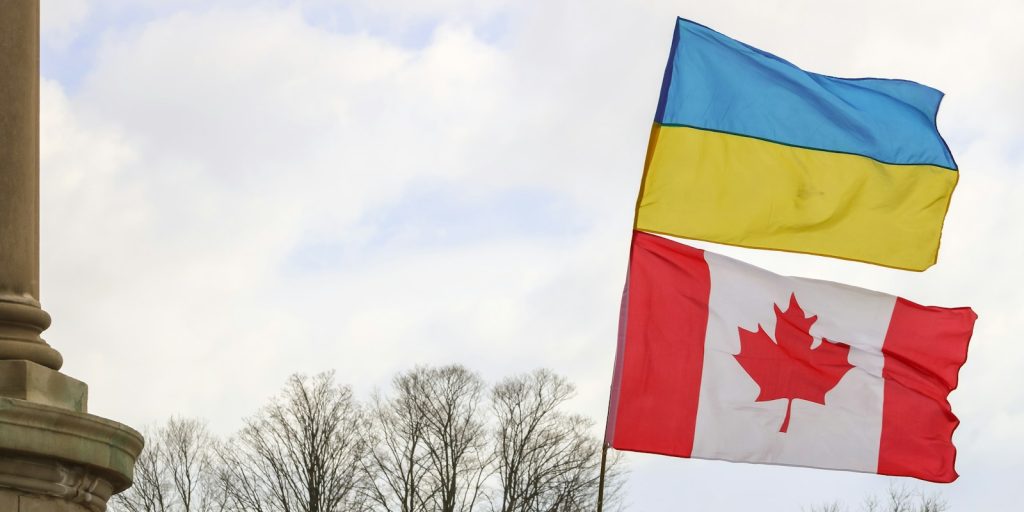Local international students fight back against high tuition fees
Posted Nov 15, 2022 11:15:00 AM.
International students have become a nearly $2 billion a year revenue stream for Ontario colleges. These students coming from abroad are standing up and fighting against what they think are unfair increases to their tuition.
On Thursday Nov. 17, students from Conestoga College and several other colleges from around Ontario, will march on Queen’s Park in Toronto to peacefully protest against rising tuition in their Need or Greed campaign.
“International Students are tired of being treated like a bottomless pool to pad institutional budget lines, shouldering the weight of the government’s lack of funding,” said Sana Banu, Conestoga Students Inc. President and graduated international student.
According to Banu there has been a tuition freeze for the last three years for domestic students, but international students have seen nothing but increases.
Conestoga students, along with student groups from six other institutions, will be calling on the government to take into account international students and how these price increases are affecting them.
Pratham Shetty, a Conestoga College student originally from India and now living in Cambridge has been put in a difficult position after his fees for his second year recently increased by $1,500.
“When I first came here, you could expect to see prices be three to four times more expensive than domestic, now it is four to five times more,” said Shetty. “It has become a lot harder, especially because it was an unexpected increase.”
The government can only raise domestic tuition by three per cent a year where international students can see up to 20 per cent a year. There are no set tuition fees for academic studies either, meaning the price can change from one first to second year.
According to Shetty, his father had to sell his home in India just to send him to school in Canada. With the fees already expensive, they were not expecting a rise in tuition for his second year.
“I had to take out loans to pay for the extra $1,500,” he said. “These schools know that students and parents will do anything to send their kids abroad to come and study in a place like Canada, so if they increase the price they know we’ll pay it.”
Currently Shetty lives in a basement apartment with multiple people, just so he can afford his tuition. He tries to find as many ways to cut living costs as possible, often skipping meals to reduce his spending and visiting the local food banks.
“When I came to Canada everyone was going out and enjoying the weekend. I didn’t know what the weekend was, because I was busy working, saving every penny so I could afford my fees.” said Shetty. “Then surprise, fees were increased, I had to borrow money and now my living quality is much worse.”
The student organizations involved with the campaign want to see a freeze on international tuition, a limit on the amount tuition can be raised, and for predictable tuition and financial certainty for future academic years.
According to Ontario’s Auditor General, international students enrolled in Ontario colleges pay $14,306 on average, compared to $3,228 per domestic student.
In Ontario, international students make up 68 per cent of tuition revenue with just their fees worth $1.7 billion. This is more than colleges receive in provincial grants.
International students at Conestoga are eligible scholarships and bursaries based on past academic performance (highest academic average) and awards will be distributed across all countries of origin. Students are eligible for $3,000 for a degree scholarship and $1,500 for diploma and graduate scholarships.
The price discrepancy between international and domestic students stems from the subsidies the government gives colleges for Canadian students, said Brenda Cassidy, executive director, corporate communication for Conestoga College.
Since students coming in from abroad have never paid taxes in Canada, they are not eligible for their fees to be subsidized.
“No government funding is provided for international students. Their fees reflect the real costs of delivering education and services,” said Cassidy.
According to Cassidy, Conestoga's tuition is on par with other English-speaking countries, including the US, the UK and Australia.
“Conestoga receives far more applications from international students than we can accommodate, a sure indicator that the investment required to obtain a Conestoga education is perceived as providing good value,” she added.
Banu called these practices exploitative and harmful and is asking the question; is the price disparity a need or just corporate greed?
“This is not enough of a justification to be increasing our fees by this much and to be relying this heavily on international students to pay the bill,” said Banu. “This is coming at the cost of international students and their families.”
With the launch of the new initiative, Banu and her peers hope to prevent unexpected and unjustifiable increases of fees for international students like Shetty and give them an opportunity to thrive while in school.
Shetty wants to see this initiative help other students like him, because he knows first hand how devastating this practice can be.
“I'm a weak person and when things like this all of a sudden hit people, it's hard, we can't digest it.” said Shetty. “I just hope another weak person doesn’t become a target of this and they can help these students.”








